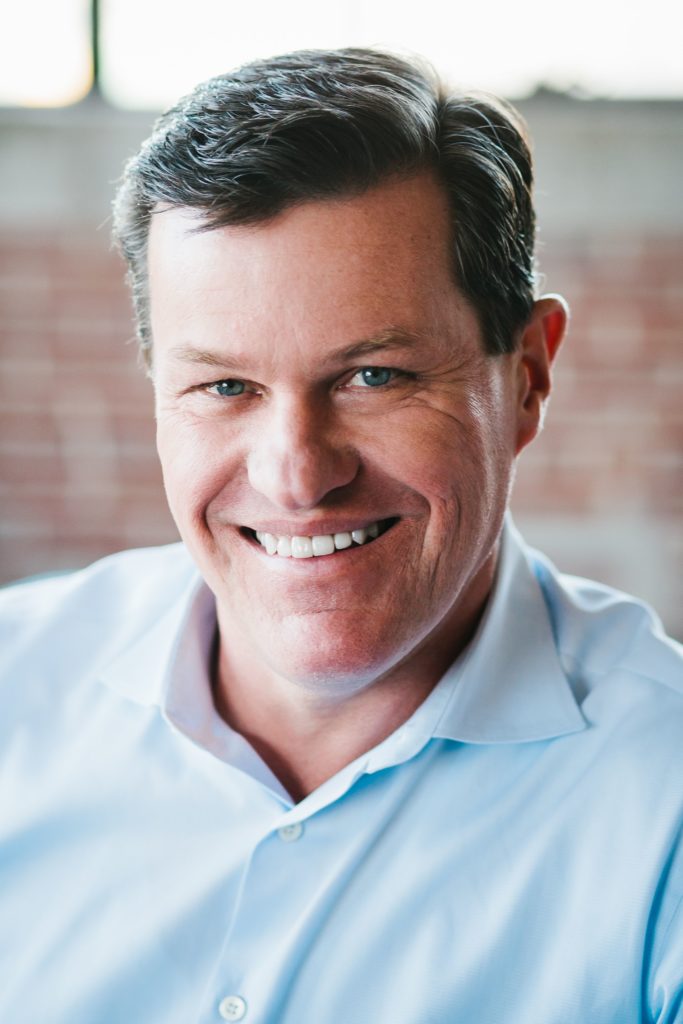
When Scott Grimes and Lynne Laube were at Capital One, they noticed that even the most sophisticated banks weren’t gathering insights from the data they were collecting.
This was 11 years ago, mobile and digital banking was on the rise and Grimes and Laube had an idea. Here’s the a-ha moment, as recalled by Grimes: “What if we could glue together this really fragmented banking system of [approximately] 13,000 banks in the U.S. and bring all that payment data together in one spot it would make it useful?”
From there, Grimes and Laube started Cardlytics—in March of 2008. A few months after they started the company, the worst recession in almost 80 years hit the finance industry hard. “The world was a scary place at that time,” Grimes admits, adding that had they waited until after the recession to start Cardlytics, he’s not sure they would have had the courage to go on.
But they got early funding in August of that year from investors who understood the financial tech firm’s ambitions. In 2010, the Durbin Amendment (as part of Dodd-Frank) limited interchange fees and made it easier for banks to market rewards programs based on customer spending data.
Fast forward to today, Cardlytics runs the banking rewards programs for 2,000 financial institutions and had an IPO in February, nearly 10 years to the day Grimes and Laube began the company. Chief Executive spoke with Grimes, co-founder and CEO, to talk about the company’s growth, challenges of scale and more. Below are excerpts from this conversation.
There are two things that the company does well. It’s the team, it’s not me. I think we very much understand how to partner with banks and how to leverage this incredibly sensitive data in a way that works for the banking industry. And part of that is we were bankers, so we get the power of the data and the sensitivity of the data. So we built a company from the ground up to do this for banks. We never use any personally identifiable information, we anonymize the data and aggregate it. And we have this dual kind of architecture that allows us to use the data, but never take it out of the security and safety of the bank.
So the first thing that we did well is we built a business to partner with banks and unlock the value of what we do from the ground up. I think the second thing we do really well is when we work with our advertisers, retailers, restaurant…we’re experts on doing analytics on payment data. We help advertisers really understand where new opportunities are for them. And then the cool thing about the business, since we can do the analytics, but then through our marketing channel, we can directly touch those customers the advertiser is interested in and drive them into their store, and then measure to the penny the results we generate for them after marketing. At the core, we’re a really good analytics company working on a really unique data set. So we also have the ability to act on those analytics.
The biggest challenge, which is also a huge opportunity, is today Cardlytics [touches] about one out of five payments in the U.S. We’ve just announced publicly that we’re bringing JPMorgan Chase on board on the network, and in August, we announced Wells Fargo’s coming online. That would go from our existing scale to well over the majority of all payments in the U.S. So the biggest near-term challenge is simply just scaling the company in a pretty incredible way over a short period. So we’re also working with our advertising partners to secure the budgets we need as we grow the marketing channel.
The way I think about it is the culture is the outcome, not the action. The logic we had is to hire great people. We get them the resources they need and then we get out of their way. And that’s just always been kind of a fundamental way of how we think about doing the company. We think an important part of helping people is to get shit done. We think an important part of helping get shit done is we wanted to avoid a lot of the things that these bigger startup companies have. So one of the key reasons we have the open environment and we have it set up so that we can constantly readjust.
It’s so that somebody doesn’t have to schedule a meeting, they can just walk down the hall and ask a question. It’s just fast, right? We want to be able to rearrange the company any time we need to, so people are always working together on whatever is most important at the time.
When you look at what I call the softer or the center parts of the business, we always have something going on around here. We do all kinds of things for the community. I actually think that’s simply a byproduct of having great people who know they’re winning and feel really good about what they’re accomplishing. And I think that drives them to want to go do other great things both for the community and for themselves.
So for example, we have tons of fitness things constantly going on here. We have tons of philanthropy things always going on. All of those are organically led. It’s employees who get excited about it, and they take initiative, and other folks join in. That’s not something that we are mechanistically trying to make happen as a company.
Read more: United Community Banks CEO Shares Leadership Lessons

Chief Executive Group exists to improve the performance of U.S. CEOs, senior executives and public-company directors, helping you grow your companies, build your communities and strengthen society. Learn more at chiefexecutivegroup.com.
0

1:00 - 5:00 pm
Over 70% of Executives Surveyed Agree: Many Strategic Planning Efforts Lack Systematic Approach Tips for Enhancing Your Strategic Planning Process
Executives expressed frustration with their current strategic planning process. Issues include:
Steve Rutan and Denise Harrison have put together an afternoon workshop that will provide the tools you need to address these concerns. They have worked with hundreds of executives to develop a systematic approach that will enable your team to make better decisions during strategic planning. Steve and Denise will walk you through exercises for prioritizing your lists and steps that will reset and reinvigorate your process. This will be a hands-on workshop that will enable you to think about your business as you use the tools that are being presented. If you are ready for a Strategic Planning tune-up, select this workshop in your registration form. The additional fee of $695 will be added to your total.

2:00 - 5:00 pm
Female leaders face the same issues all leaders do, but they often face additional challenges too. In this peer session, we will facilitate a discussion of best practices and how to overcome common barriers to help women leaders be more effective within and outside their organizations.
Limited space available.

10:30 - 5:00 pm
General’s Retreat at Hermitage Golf Course
Sponsored by UBS
General’s Retreat, built in 1986 with architect Gary Roger Baird, has been voted the “Best Golf Course in Nashville” and is a “must play” when visiting the Nashville, Tennessee area. With the beautiful setting along the Cumberland River, golfers of all capabilities will thoroughly enjoy the golf, scenery and hospitality.
The golf outing fee includes transportation to and from the hotel, greens/cart fees, use of practice facilities, and boxed lunch. The bus will leave the hotel at 10:30 am for a noon shotgun start and return to the hotel after the cocktail reception following the completion of the round.